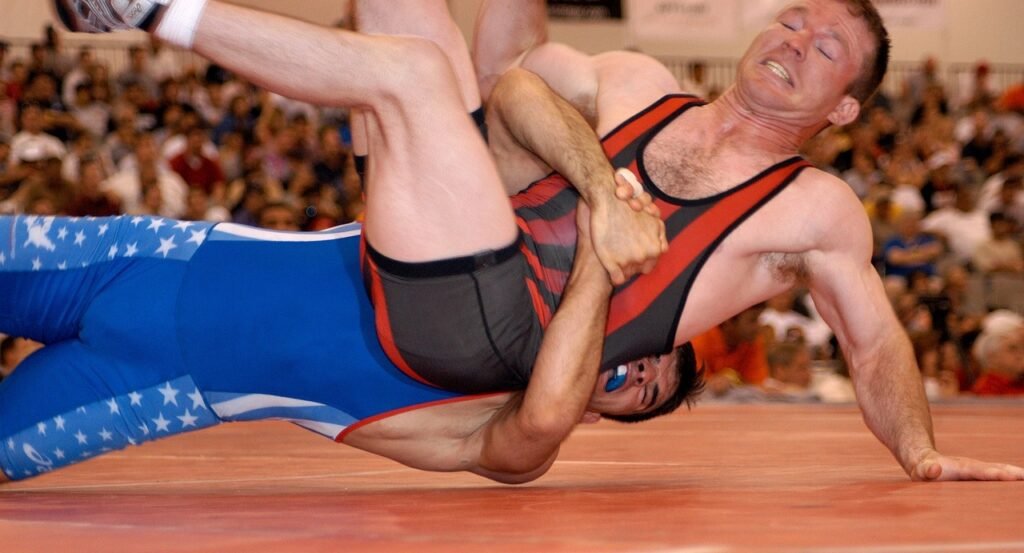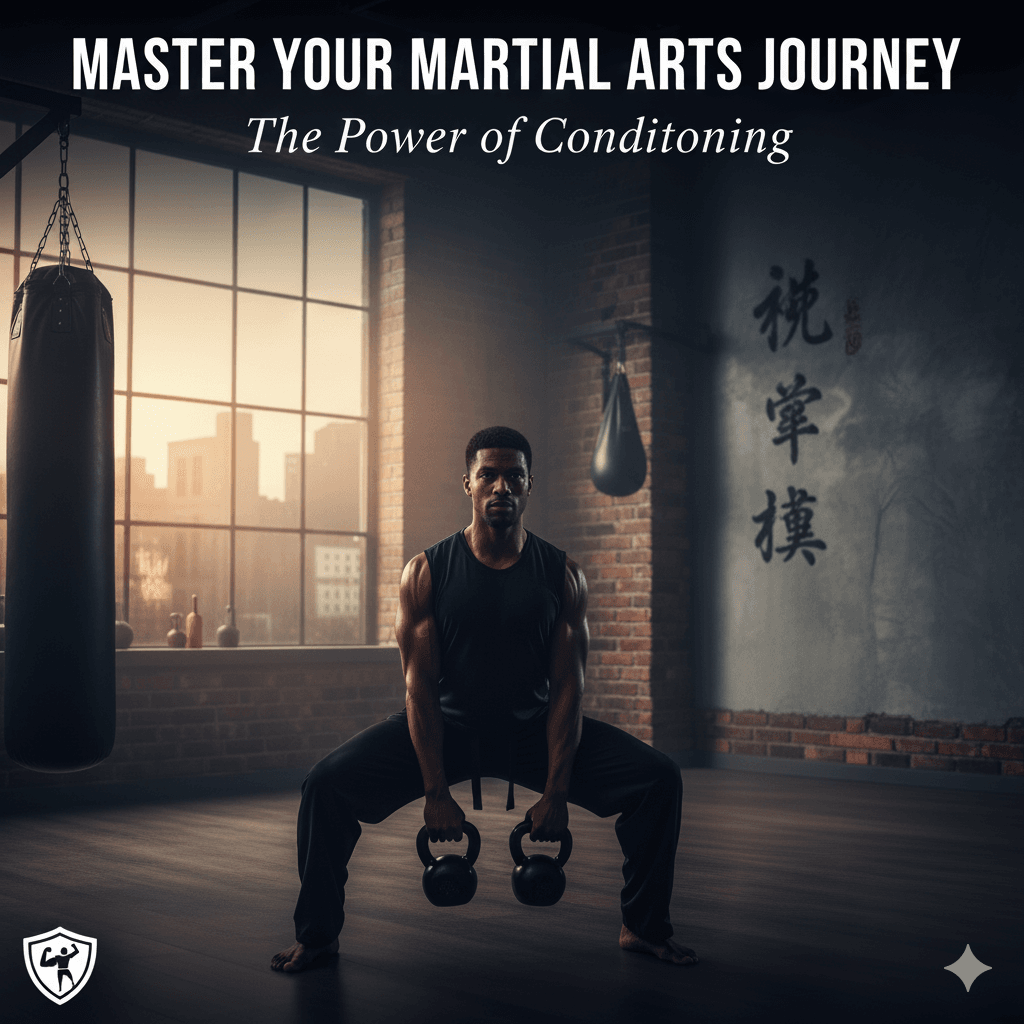Wrestling is one of the oldest and most respected sports, with roots tracing back to ancient civilizations such as those of Greece and Rome.
As a combat sport, it focuses on grappling techniques, including throws, joint locks, pins, and other holds.
Wrestling has evolved over the centuries, leading to the development of various styles, most notably Greco-Roman and freestyle.
Greco-Roman wrestling restricts holds to the upper body, while freestyle allows the use of legs in both offense and defense, offering a broader range of techniques.
The importance of wrestling transcends its historical significance.
It is a sport that builds physical strength, agility, and endurance.
Beyond physical benefits, wrestling also fosters mental discipline, strategic thinking, and resilience.
Wrestling can be an effective form of self-defense, providing individuals with the skills to protect themselves in various situations.
Learning wrestling at home offers numerous advantages.
For those who may not have access to a gym or a wrestling coach, online resources and home-based training routines can be invaluable.
Home wrestling practice allows for flexibility in scheduling and can be tailored to individual fitness levels and goals.
Additionally, practicing wrestling at home can serve as a cost-effective means of staying fit and healthy without the need for expensive gym memberships or equipment.
Moreover, wrestling training at home can contribute significantly to one’s overall physical fitness.

It enhances cardiovascular health, increases muscle strength, and improves coordination and balance.
The mental discipline required in wrestling also translates into other areas of life, promoting better focus, determination, and problem-solving skills.
In essence, wrestling is not just a sport but a holistic activity that benefits both body and mind.
Learning wrestling at home can be a rewarding endeavor, offering a comprehensive workout, valuable self-defense skills, and a means to develop mental toughness and strategic insight.
Setting Up Your Home Wrestling Space
Establishing a dedicated space for wrestling practice at home is crucial for both safety and effectiveness.
The first step is to ensure you have a clear and open area, free from furniture and other obstacles.

This minimizes the risk of injury and allows for a full range of motion during drills and exercises.
Ideally, the space should be large enough to accommodate various wrestling moves and techniques without restriction.
Floor padding is another essential element of your home wrestling setup.
Wrestling mats are specifically designed to provide the necessary cushioning and support, reducing the impact on your joints and minimizing the risk of injury.
If wrestling mats are not available, high-density foam or interlocking floor tiles can serve as suitable alternatives.
These materials should be firm enough to support your movements but soft enough to absorb shocks and falls.
In addition to mats, incorporating other equipment can greatly enhance your training.
Resistance bands are versatile tools that can be used to improve strength, flexibility, and endurance.
They are particularly useful for practicing holds and resistance exercises, simulating the resistance faced when grappling with an opponent.
Mirrors can also be beneficial, allowing you to observe your form and technique, making it easier to make corrections and improvements.
Creating a well-organized and safe home wrestling space sets the foundation for effective practice.
By ensuring you have a clear area, appropriate floor padding, and useful supplementary equipment, you can maximize your training potential and reduce the risk of injury.
This preparation allows you to focus on developing your skills and achieving your wrestling goals from the comfort of your home.
Basic Wrestling Stances and Moves
Mastering the foundational stances and movements in wrestling is crucial for anyone beginning their journey in the sport.
These basics lay the groundwork for more advanced techniques and ensure you develop a solid base.

One of the first things to learn is the neutral stance.
In this position, your feet should be shoulder-width apart with your knees slightly bent.
Your weight should be balanced on the balls of your feet, ready to react quickly.
This stance allows you to stay agile and prepared to counter any opponent’s move.
Another essential stance is the staggered stance.
This stance involves placing one foot slightly ahead of the other, providing better stability and mobility.
The lead foot should point forward while the rear foot is angled slightly outward.
Ensure your knees are bent and your torso is leaning slightly forward, maintaining balance and readiness to engage.
This position is especially useful for offensive and defensive maneuvers.
Once you’ve mastered these stances, it’s time to focus on basic movements.
Sprawling is a fundamental defensive technique used to counter an opponent’s takedown attempt.
To sprawl effectively, push your hips down towards the mat while extending your legs backward, using your hands to control your opponent’s head and shoulders.
This move helps you avoid being taken down and puts you in a stronger position to counterattack.
Shooting is an offensive technique aimed at taking down your opponent.
Begin from the staggered stance, then lower your level by bending your knees and driving forward with your lead leg.
Simultaneously, grab your opponent’s legs while keeping your head up and back straight.
The key to a successful shot is speed and maintaining balance throughout the movement.
Pummeling is a crucial skill for gaining control in close-quarters combat.
This involves hand-fighting for inside control, where you aim to get your hands inside your opponent’s arms to dominate their position.
Practice pummeling with a partner to develop your ability to control and neutralize your opponent’s movements.
By dedicating time to mastering these basic wrestling stances and movements, you build a strong foundation that will support your progression into more advanced techniques.
Consistent practice and attention to detail are vital as you develop these skills at home.
Strength and Conditioning Exercises
Building a strong foundation through strength and conditioning exercises is crucial for anyone looking to learn wrestling at home.
A well-rounded routine not only enhances physical strength but also improves endurance, flexibility, and overall wrestling performance.
One of the most accessible ways to achieve this is through bodyweight exercises.
Push-ups are an excellent starting point.
This exercise targets the chest, shoulders, and triceps, while also engaging the core.
Variations such as wide-grip push-ups and diamond push-ups can further challenge different muscle groups.
Another fundamental exercise is the squat. Squats focus on the lower body, targeting the quads, hamstrings, and glutes.
Incorporating jump squats can add an element of plyometric training, enhancing explosive power.
Burpees are a comprehensive full-body exercise that combines a squat, push-up, and vertical jump, making them highly effective for improving cardiovascular endurance and muscular strength.
Additionally, planks and side planks are crucial for core stability, which is essential in wrestling for maintaining balance and executing moves effectively.

Specific wrestling drills can also be incorporated into the routine to simulate match conditions.
Shadow wrestling, for instance, involves practicing moves and techniques without a partner, allowing one to refine skills and improve muscle memory.

Sprawls mimic defensive maneuvers and help in reacting quickly to an opponent’s attack.
Bridging is another essential drill that strengthens the neck, back, and core muscles, vital for defensive techniques in wrestling.
Flexibility should not be overlooked.
Stretching exercises like dynamic stretches before workouts and static stretches post-workout can significantly improve range of motion, reducing the risk of injuries.
Incorporating flexibility training into your routine ensures that your muscles remain pliable and responsive.
Consistency is key. Establishing a regular exercise routine, ideally three to four times a week, will yield the best results.
Tracking progress and gradually increasing the intensity of workouts can help in continually challenging the body, leading to sustained improvement in wrestling performance.
Learning wrestling at home can be effectively achieved through the utilization of various online resources.
The digital age has made a wealth of information accessible, catering to both beginners and advanced practitioners.
Reputable websites such as FloWrestling, Wrestling USA, and the National Wrestling Coaches Association offer comprehensive guides, tutorials, and expert advice on wrestling techniques and skills.
These platforms frequently update their content, ensuring that learners stay current with the latest developments in the sport.
YouTube channels are another valuable resource for home wrestlers.
Channels like The Wrestling Room, Wrestling Mindset, and Funky Wrestling provide a range of instructional videos, from fundamental moves to advanced strategies.
Watching these videos allows learners to see techniques in action, which can be crucial for understanding timing, positioning, and execution.
Additionally, many professional wrestlers and coaches host their own channels, offering personalized tips and insights that can enhance your training regimen.
For those looking for structured learning, online courses can be particularly beneficial.
Platforms like Udemy and Coursera offer wrestling courses that cover various aspects of the sport, from basic moves to complex techniques.
These courses often include step-by-step instructions, quizzes, and assignments, which can help solidify your understanding and application of wrestling skills.
To maximize the benefits of these online resources, it is important to approach your learning systematically.
Start by taking detailed notes during instructional videos and courses.
This practice will help you retain information and create a reference point for future practice sessions.
Consistent practice is crucial; try to set a regular schedule to practice the moves and techniques you learn.
Recording your practice sessions can also be helpful, as reviewing footage allows you to identify areas for improvement.
Engaging with online communities can further enhance your learning experience.
Platforms like Reddit, wrestling forums, and social media groups are excellent places to seek feedback, ask questions, and connect with fellow enthusiasts.
Constructive criticism from experienced wrestlers can provide valuable insights, helping you refine your techniques and progress more effectively.
Practicing with a Partner

Engaging in wrestling practice with a partner at home offers numerous benefits that can significantly enhance your learning experience.
A practice partner provides the opportunity to simulate real match scenarios, allowing both individuals to develop their skills in a controlled environment.
This form of mutual training fosters growth in technique, strength, and strategic thinking, which are critical components of successful wrestling.
Finding a suitable practice partner can be a straightforward process.
Consider reaching out to friends, family members, or local community members who share an interest in wrestling.
Social media platforms and local sports groups can also be excellent resources for connecting with potential partners.
The key is to find someone who is committed to regular practice and shares a similar level of enthusiasm for the sport.
Once a practice partner is found, it is essential to establish a consistent training schedule.
Regular sessions ensure continuous improvement and help maintain momentum.
Agree on specific days and times that work for both parties, and stick to this routine as closely as possible.
Consistency is crucial in building and refining wrestling skills.
Safety is paramount when practicing wrestling at home.
To prevent injuries, both participants should use proper protective gear, such as mouthguards, headgear, and knee pads.
Additionally, setting clear rules and boundaries is necessary to create a safe practice environment.
Establish guidelines on acceptable force levels, techniques, and tap-out signals to ensure that both individuals can practice safely and effectively.
Incorporating safety measures and maintaining a structured approach to practice will lead to a more productive and enjoyable wrestling experience.
With a dedicated partner and a focus on safety, you can effectively learn and refine your wrestling skills in the comfort of your home.
Monitoring Progress and Setting Goals
Tracking your progress and setting achievable goals are crucial components of your wrestling journey, especially when learning at home.

Establishing clear, measurable objectives not only provides direction but also helps maintain motivation and focus. Both short-term and long-term goals play vital roles in your development.
Short-term goals might include mastering a specific move, improving your stamina, or increasing your flexibility.
For instance, you could aim to perfect a single-leg takedown within a month or enhance your conditioning by adding five minutes to your daily cardio routine over four weeks.
These incremental achievements build the foundation for more significant, long-term aspirations.
Long-term goals are broader and require sustained effort over time.
Examples include competing in a local wrestling tournament, achieving a specific weight class, or attaining a higher belt level.
These objectives should stretch your abilities and encourage continuous improvement.
However, they must remain realistic and attainable to avoid discouragement.
Self-assessment is an invaluable tool for monitoring progress.
Recording your practice sessions allows you to review and analyze your techniques, identify areas for improvement, and celebrate successes.
Video recordings can offer insights that can help you refine your skills more effectively.
Additionally, a training journal is an excellent way to document your daily workouts, track your progress, and reflect on your journey.
This record can reveal patterns, highlight achievements, and provide motivation during challenging times.
Celebrating milestones, no matter how small, is essential for maintaining motivation.
Recognize and reward yourself for your hard work and dedication.
This acknowledgment reinforces positive behavior and keeps you engaged in your wrestling practice.
Staying motivated is key to long-term success, and these celebrations can be the fuel that keeps you moving forward.
Staying Safe and Preventing Injuries
When learning wrestling at home, prioritizing safety is paramount.
The first step in ensuring a secure practice environment is to develop a comprehensive warm-up routine.
Warming up increases blood flow to muscles, enhances flexibility, and reduces the risk of injury.
A proper warm-up should last at least 10-15 minutes and include dynamic stretches, jogging, and bodyweight exercises such as squats and push-ups.
Equally important is the cool-down phase after your wrestling session.
Cooling down helps your body transition back to a resting state and can prevent muscle stiffness.
Spend 10 minutes on static stretching, focusing on major muscle groups and holding each stretch for at least 30 seconds.
This routine will aid in reducing muscle soreness and promoting recovery.
Using appropriate protective gear is another crucial aspect of safety in home wrestling practice.
Essential equipment includes headgear to prevent ear injuries, knee pads to protect against abrasions and impact, and mouthguards to safeguard teeth and gums.

Investing in a high-quality wrestling mat can also significantly reduce the risk of injuries caused by hard surfaces.
Recognizing the signs of overtraining and injury is vital for maintaining long-term health.
Symptoms such as persistent fatigue, decreased performance, and chronic soreness indicate that your body needs rest.
Ignoring these signs can lead to more severe injuries.
Common wrestling injuries include sprains, strains, and bruises.
For minor injuries, applying the R.I.C.E. method — Rest, Ice, Compression, and Elevation — can be effective.
However, if you experience severe pain, swelling, or inability to move a joint, it is advisable to seek professional medical advice immediately.
By adhering to these safety guidelines, you can significantly reduce the risk of injuries while learning wrestling at home.
Ensuring a productive and enjoyable practice experience.



